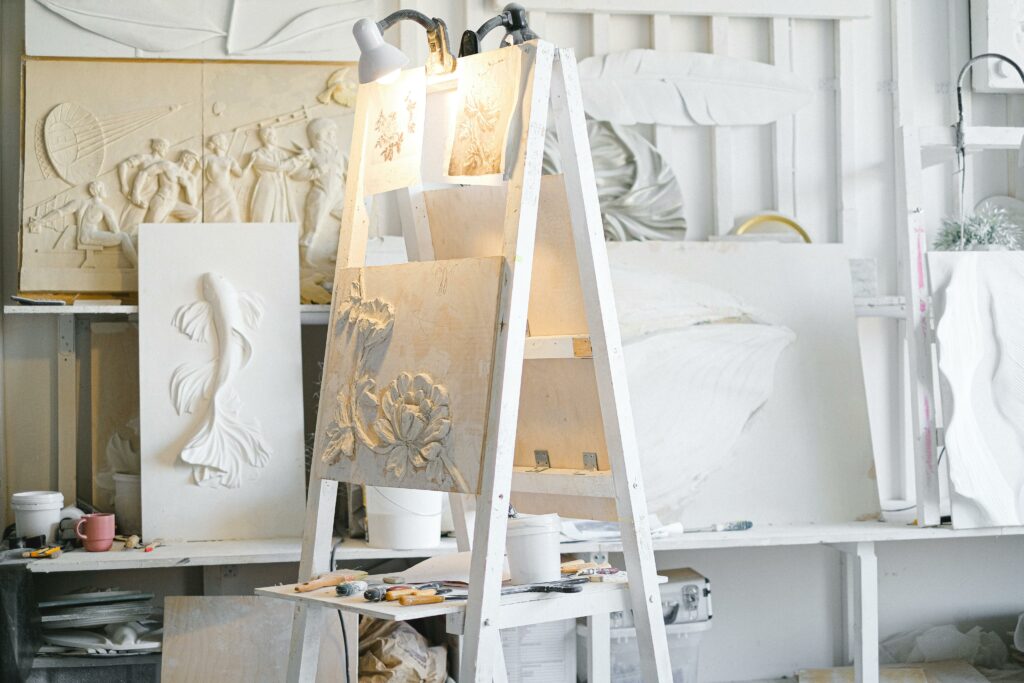Spain’s vibrant culture and rich history are vividly reflected in its arts and crafts, making it a fascinating topic for anyone interested in exploring the creative depths of this beautiful country. From the intricate designs of Spanish ceramics to the bold patterns of flamenco dresses, the country’s artistic expressions offer a glimpse into its soul. These activities are not just pastimes but are deeply ingrained in Spain’s cultural fabric, telling stories of tradition, innovation, and passion.
The Rich Tapestry of Spanish Arts
Spain’s arts scene serves as a vibrant expression of its cultural diversity and historical depth. This rich tapestry encompasses a variety of forms, from traditional painting and sculpture to modern installations and digital media. Central to Spanish arts are iconic figures such as Pablo Picasso and Salvador Dalí, whose works have left indelible marks on the global art landscape. Additionally, Spain’s crafts mirror its regional diversity, with each area offering unique specialties. In Andalusia, for instance, artisans excel in ceramics and leatherwork, while Catalonia is renowned for its lace and textile arts. Across the nation, festivals and workshops invite participants to delve into these artistic practices, fostering a hands-on connection to Spain’s cultural heritage. Engaging in these arts and crafts activities not only enriches visitors’ experiences but also sustains the local traditions and communities that keep Spain’s artistic legacy alive.
Popular Spain Arts and Crafts Activities
In Spain, arts and crafts activities draw enthusiasts eager to immerse themselves in the country’s rich cultural tapestry. Travelers and locals alike explore a variety of workshops and festivals to engage in these vibrant traditions.
- Ceramic Workshops: Cities like Seville and Toledo are renowned for their exquisite ceramics and pottery. Participants learn intricate glazing and painting techniques, creating pieces that reflect traditional Spanish designs.
- Leather Crafting: Ubrique, a town known for its leather goods, offers workshops where individuals can craft their wallets, belts, and bags using age-old methods.
- Textile Weaving: In regions like Catalonia, workshops on textile weaving showcase the art of creating traditional Spanish lace and textiles. This craft provides insights into patterns and methodologies passed down through generations.
- Painting Classes: Inspired by famous Spanish artists, painting classes across the country allow participants to delve into various styles, from classical to avant-garde. These activities offer a deeper understanding of Spain’s artistic evolution.
- Festivals: Seasonal festivals, such as the Feria de Abril in Seville, combine arts and crafts with local festivities. Attendees enjoy live demonstrations, craft markets, and the opportunity to create alongside skilled artisans.
Educational Opportunities in Spanish Arts and Crafts
Spain’s arts and crafts activities provide educational opportunities that merge learning with creativity. Ceramic workshops, for instance, introduce participants to historical techniques used in Seville and Toledo, enhancing their understanding of regional artistry. Leather crafting sessions in Ubrique reveal the precision and skill behind Spain’s famed leather goods, imbuing students with appreciation for this traditional craft. Textile weaving classes in Catalonia offer insights into the patterns and processes unique to the area, connecting learners with the cultural significance of Spanish textiles. Painting classes inspired by iconic Spanish artists such as Picasso and Dalí not only refine artistic techniques but also delve into the history and influence of these figures on global art.
Supporting Spanish Arts and Crafts
Exploring Spain’s arts and crafts is more than a journey through its aesthetic landscape; it’s an immersive educational adventure that connects people to the country’s soul. Whether it’s mastering the art of ceramics in Seville, embracing the intricacy of leatherwork in Ubrique, weaving through Catalonia’s textile traditions, or painting under the influence of iconic Spanish artists, these activities offer a unique blend of learning and cultural enrichment. Participating in local festivals not only deepens this connection but also celebrates the vibrant community spirit that thrives around these artistic expressions. By engaging with Spain’s arts and crafts, individuals not only contribute to preserving its rich cultural heritage but also gain invaluable insights into the creative processes that have shaped this nation’s identity.
